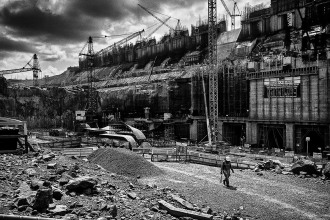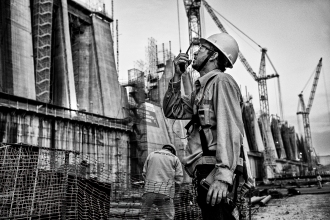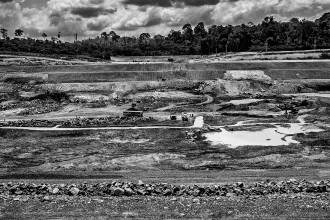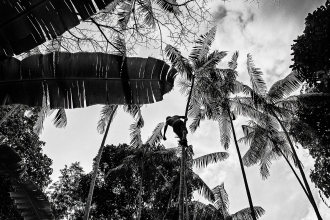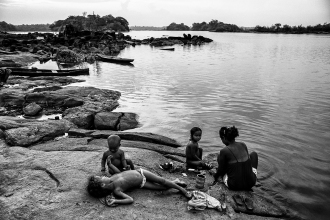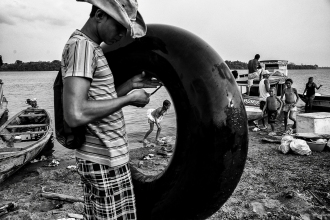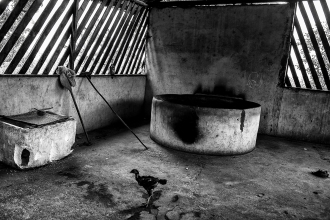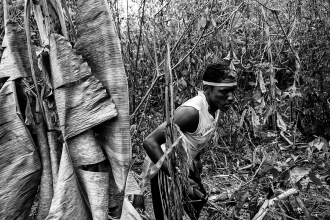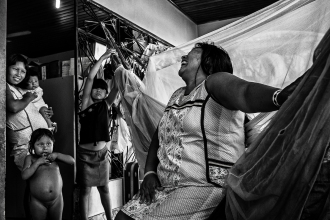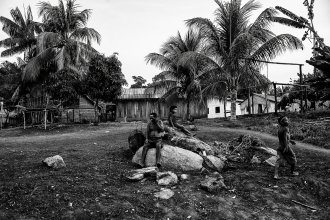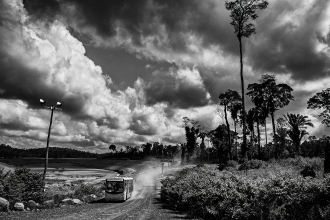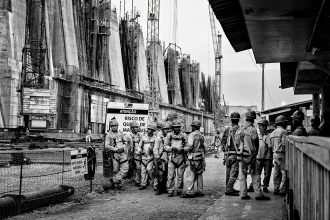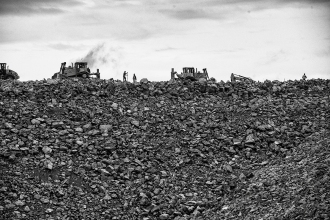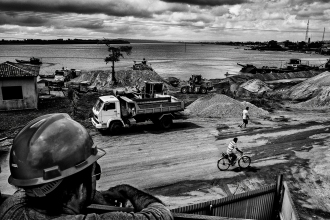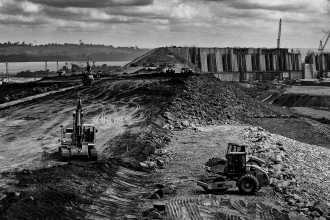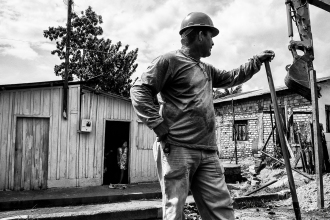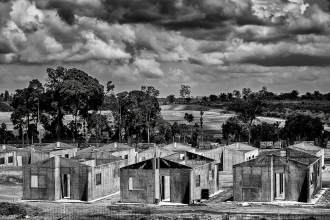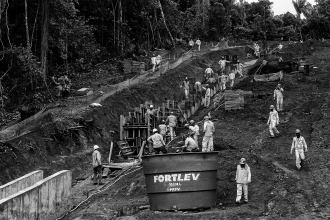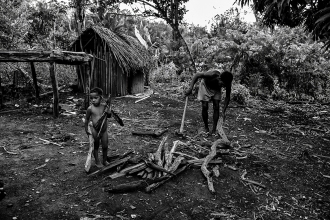voltarBELO MONTE DAM
The hydroelectric complex of Belo Monte, with an estimated cost of 33.8 billion Reais (roughly 1 billion US dollars), was the biggest investment ever realized in the Amazon. Built on the Xingù river, in the region where the Brazil’s first indigenous reserve was created, the dam represented one of the most controversial social and environmental cases in the history of the Country. With its maximum production of 11,000 megawatt, it became the third biggest dam in the world. The first studies on the hydroelectric potential of the Xingù river started as far back as 1975, during the military dictatorship, but only in 2007 the project gained a new and decisive spur. With Brazilian economy constantly growing, President Lula announced the Accelerated Growth Program, the largest investment package of the last 40 years. Indians, environmentalists and local civic associations however denounced the severe consequences that the project would have caused on the ecosystem and its population. Thousands of people, including indians and riverine communities, were evicted from the lands that became submerged. In some points, below the dam, the water level reduction rendered fishing, the main livelihood activity of local people, impossible and hindered river transport, leaving the communities even more isolated. In March of 2011, the Belo Monte construction site, with its 22,000 army of workers, was officially opened. During the same year, Elettronorte, the company appointed to do the work, agreed, unofficially, a deal with the Caiapo indians, who were representing the main ethnicity in the region, creating a plan called deceptively “Emergency Plan”. During the following couple of years, the company distributed the monthly sum of 30.000 Reais (9.000 US dollars) in goods, to every village inputted. The list included boat’s engines, domestic appliances, food and even 4×4 cars. Federal University researchers claimed that this kind of compensation only managed to worsen the environmental impact, accelerating the process of uprooting the Indians from their lands. Their influx to Altamira, the main town of the region, increased and they became more dependent on technology and the Western production system. The new habit of buying ready prepared food has transformed their alimentary habits, causing the progressive abandonment of small agricultural productions in the communities. As a consequence malnutrition cases grew worryingly. All this process created disaggregation and internal conflicts between the indigenous populations. Belo Monte started to produce its first megawatts at the end of 2015.
